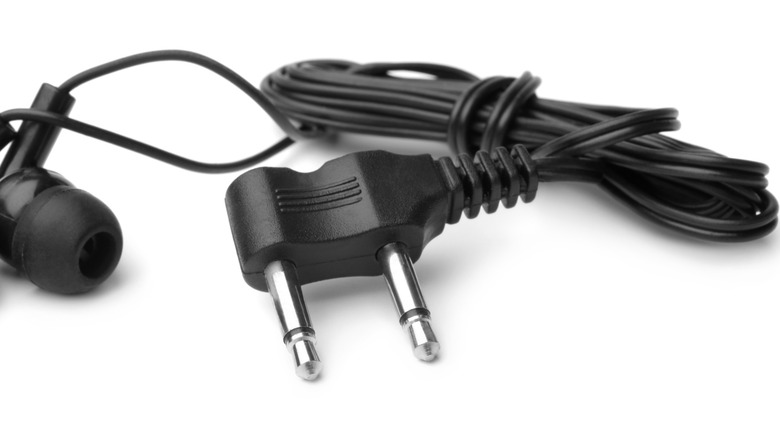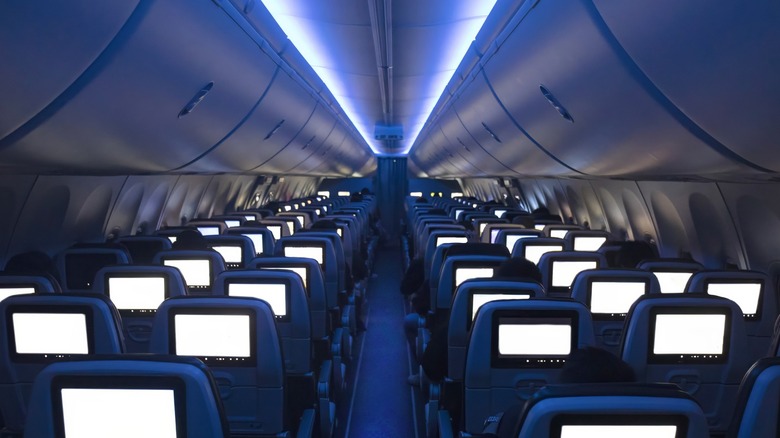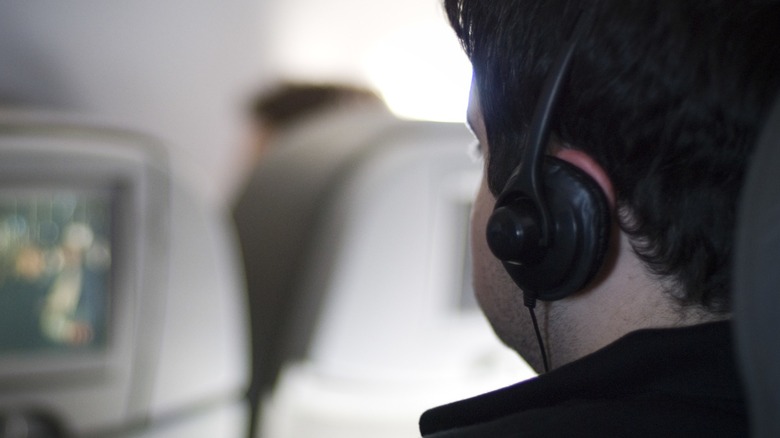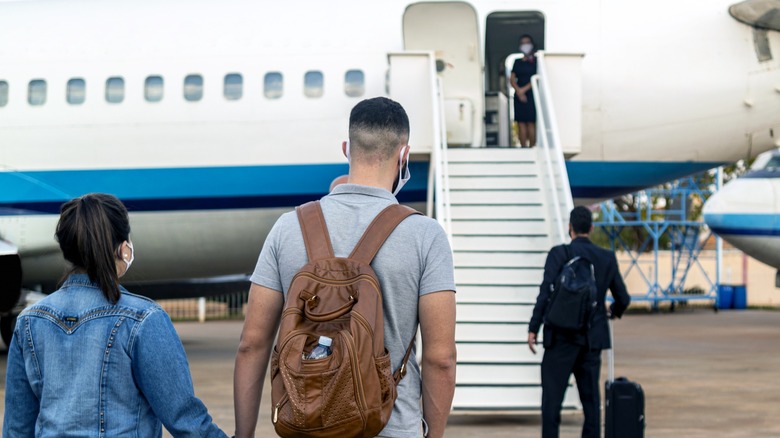Why Do Older Airplanes Have Double Headphone Jacks? 3 Possible Reasons
It's always fascinating to interact with older technology and then wonder why it was designed a certain way. For instance, why did some classic Toyota trucks have only one headlight? Why do Jeeps have seven slots in the grille? And for today's focus, why do older airplanes have double headphone jacks?
Modern planes typically offer Bluetooth and noise-canceling headsets, so needing a special adapter to use your headphones feels rather inconvenient. But those twin headphone jacks weren't just a random design choice. Airlines introduced them to improve in-flight entertainment, cut costs, and even discourage passengers from walking away with airline-issued headphones.
Plus, just like early car radios relied on vacuum tubes before switching to transistors, airplane audio systems also evolved over time. As technology advanced, these systems were replaced by the digital entertainment setups we see today. So, in essence, the double headphone jack was just one step in this evolution.
Nonetheless, why did airlines stick with them for so long? And why do some older planes still have them today? There are a few competing theories, so let's take a step back and try to figure out the reasons behind this design choice.
Early airplane audio systems didn't use electricity
Before modern digital systems, airplanes had a very different way of delivering sound. They used air pressure instead of electricity. This system worked like a stethoscope. Sound waves traveled through small tubes in the armrest, and when passengers plugged in their special headsets, they were actually connecting to these tubes. Each hole in the double jack connected to a separate tube, which allowed for stereo sound.
This system was quite reliable because it had no electrical parts to break, no batteries to change, and no risk of interfering with the plane's navigation systems. As technology improved, airlines switched to electronic systems. However, some planes kept the double-jack design because it had already been built into the aircraft. Replacing the old double-jack system with modern, single-jack audio systems costs a lot of money. And really, it's not just about the cost of buying new equipment; airlines would also have to pay for labor and lose money while the planes are out of service for upgrades.
Older systems are also easier and cheaper to maintain. Airlines have been using them for decades, and maintenance crews already know how to fix them. Spare parts are easy to find, and airlines don't have to spend money training staff on new technology. Since most passengers can still use these systems with an adapter, airlines may not feel the need to replace them. If something still works, why change it?
The design made headphone jacks more durable
Airplane equipment, as you can imagine, goes through a lot of wear and tear. Think about how many passengers plug and unplug their headphones every day on different flights. The double-jack system helped make them more durable. Since the force of plugging and unplugging an airplane interface was spread across two points instead of one, the jacks didn't wear out as quickly. This meant airlines didn't have to repair or replace them as often.
Additionally, these analog systems were simpler than modern digital setups. They didn't require software updates, had fewer parts that could fail, and weren't affected by electronic interference. Even when newer systems became available, many airlines chose to keep the old design because it was tough, reliable, and easy to maintain.
Another practical reason for the double-jack design was redundancy. If one of the jacks stopped working due to wear and tear, passengers could simply plug into the other one. This was especially useful on long flights, where a broken audio system could lead to frustrated passengers. It also made repairs easier for maintenance crews. If there was a sound issue, technicians could quickly test each jack separately to find the problem. By having two jacks instead of one, airlines reduced the chance of total audio failure during a flight.
Airlines used it to make more money and also prevent passengers from stealing headphones
The double-jack headphone system could deliver audio quite dependably; however, there's a good chance it was equally a strategic move by airlines to cut costs and boost revenue. In the past, passengers had to buy or rent airline-issued headphones, especially if they were going on a long flight because theirs wouldn't work without an adapter. This small fee quickly added up across thousands of flights, making it a good way for airlines to make extra money. Some airlines even called these headsets "souvenirs," but since they didn't work with most devices, they were only useful on future flights. And let's be honest, how many passengers actually remembered to bring them or an adapter on their next trip?
At the same time, the unique design must have helped prevent theft. Just like hotel towels sometimes go missing, passengers frequently take airline headphones with them. By making them incompatible with standard audio devices, airlines might have been discouraging theft and saving money on having to constantly replace these accessories. Today, many airlines have moved on to single-jack systems. But if you ever come across one of these double-headphone jacks on an older aircraft, at least now, you have some idea why it's there.



